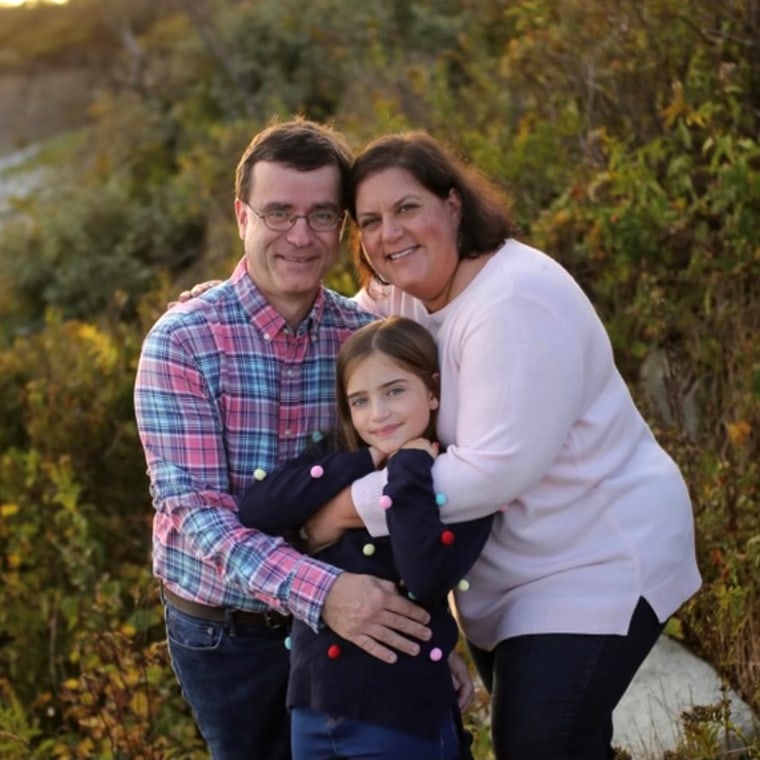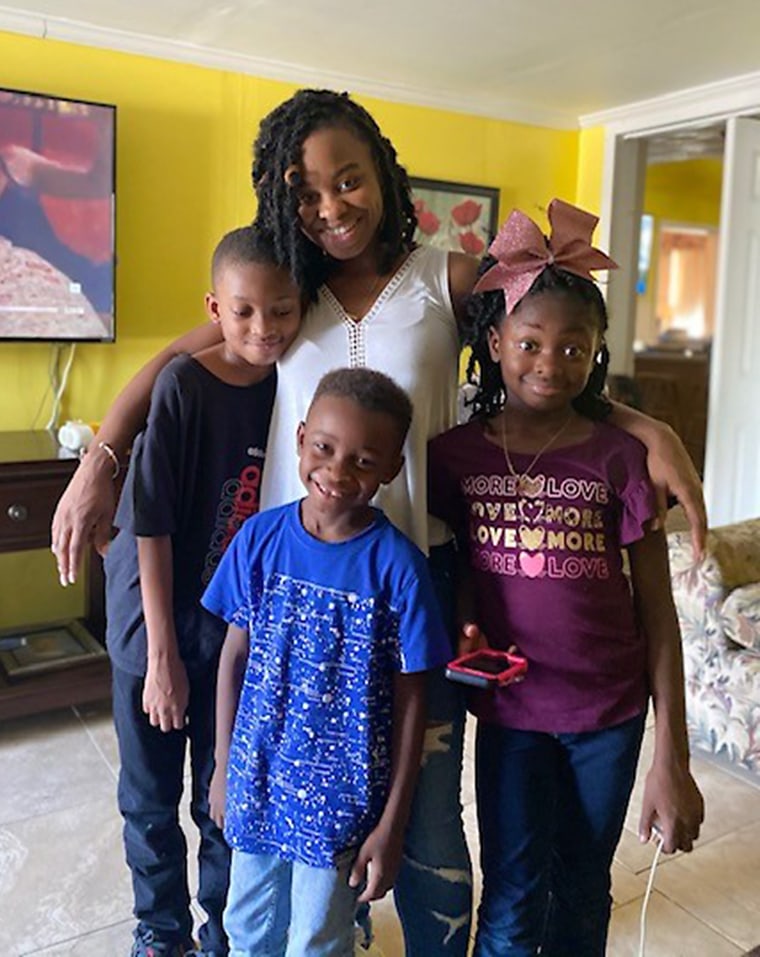A new generation of kids who are home alone and serving as their own caretakers has arrived.
They are the newest "latchkey kids," a term first introduced in the 1980s when working moms became the new normal.
By 2011, thanks to an increase in after school care programs, the number of kids left home alone dropped dramatically by 40 percent and latchkey kids seemed to be a bygone era.
Then the COVID-19 pandemic hit. Overnight, millions of children became latchkey kids as after school programs shuttered, and remaining programs raised prices and reduced available slots.
"Having 7.7 million children in 2020 who don't have access to care and are left alone and unsupervised is certainly a concern," Dr. Lynette Fraga, CEO Child Care Aware, told TODAY Monday.
"So many of these programs shut down. And either temporarily, or unfortunately, many shut down permanently," Fraha said. "And this has really caused, of course, a tremendous challenge for parents who are accessing care."
In Rhode Island, Grace, whose last name is being withheld to protect her privacy and safety, walks home after school, goes into her empty house, locks the door, and dials her mom on FaceTime. This has become a new normal since COVID-19 swept the nation.

"Where I live, we're not finding a babysitter for less than $15 to $20 an hour," Grace's mom, Kendra, said.
Kendra and her husband also worried a babysitter might unintentionally bring the virus into the house.
"My mother-in-law is 86 years old," Kendra said. "We were concerned where the babysitter was living, who she was living with, was she still gonna go out and hang with multiple people?"
In Florida, siblings Jayla, Jeremiah, and Jayce — their last name is being withheld to protect their privacy and safety — have a similar situation.

"I've looked for childcare, but it's really expensive," mom Britney said. "When you're a single parent out here they don't understand you have bills. You have, you know, this, that, and the other. And the cost of living I just feel like is not what you get paid. So trying to afford childcare, it's crazy."
Britney monitors them with the help of her phone and a series of cameras she had installed in the house.
In the vast majority of states, there are no laws in place dictating a specific age at which a child can be left home alone.
Both Britney and Kendra shared that their children have become more independent because of their situation, but admitted it has not been easy.
"In the case of my own daughter, I feel like we accelerated a lot of maybe social emotional skills that we wouldn't have necessarily, because she was home alone," Kendra said. "I think she suffered from a lot of loneliness."
The moms also shared that leaving their children home alone is not a choice they wanted to make, but one they were forced to make as a result of the pandemic.
"It was just like, 'Why do I have to go through this? Why do I have to put my kids through this? Am I a bad mom for this?' You ask yourself so many questions because you just don't know," Britney said. "And you don't want the judgment. You don't want people to say like, 'Oh, my God, I can't believe she's doing that.' But at the end of the day you have to make the decisions that's best for your family."

